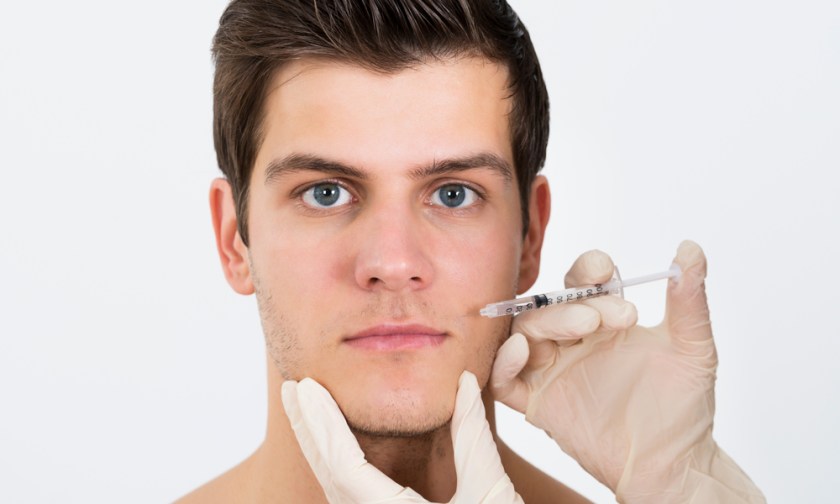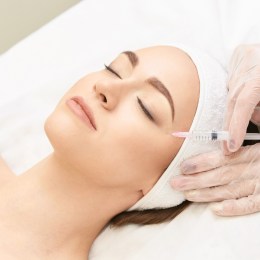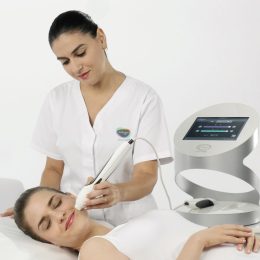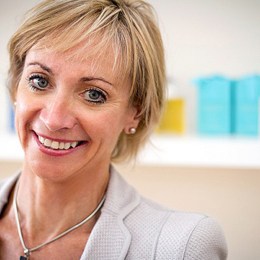Australian attitudes toward non-surgical cosmetic procedures are changing rapidly, according to figures released this week by the Cosmetic Physicians College of Australasia (CPCA).
The annual survey (canvassing a random sample of 1,020 people across Australia, aged 20 years upwards) has been running for the last nine years and looks at the use and attitudes to non-invasive cosmetic procedures of Australian consumers. The latest survey revealed:
1. A quarter of respondents had undergone a procedure in the last month
26 per cent of respondents had a procedure in the last month, with 35 per cent considering one.
Double the amount from last year, Dr Cath Porter, spokesperson for the CPCA accounts for the growth:
“Earlier this year we found that Australians’ spend on cosmetic treatments had topped $1 billion and their popularity continues to rise.
“Australia’s spend per capita is amongst the highest globally, and we are seeing a growing number of people incorporating cosmetic procedures into their everyday beauty and grooming routine.”
Dr Porter suggests that technology is driving this change:
“Improvements in technology are making treatments more effective as well as less invasive, and therefore having a shorter recovery time. This is particularly true of skin rejuvenation techniques. In some cases these treatments require no down time at all.”
These advancements mean reduced costs those seeking a non-surgical procedure.
“Previously you might have undergone a surgical procedure that cost anywhere from $10,000 to $15,000, needing one month of downtime and general anaesthetic. Now you can have a cosmetic medical treatment done at a fraction of the cost,” she says.
2. More Australians are worried about looking old
54 percent of respondents were worried about looking old, with 80 per cent believing it is acceptable to use non-surgical cosmetic procedures to address ageing.
These figures have increased by 10 per cent over the last three years: Dr Porter discusses what’s driving this change:
“The combination of Australia’s ageing population, confidence in the medicine involved in cosmetic procedures, and growing affluent middle classes have resulted in an increased demand and spend on cosmetic procedures.
“An increasing number of men and women want to pause, or even reverse the effects of ageing. The harsh Australian sun can have a huge impact on our skin and lead to premature ageing, compared with many other regions around the world.
“This is another factor as to why anti-wrinkle treatments are becoming more popular. Taking action against skin damage from the sun is, more often than not, inherent to Australian lifestyle.”
“The most significant development in the last ten years has been the realisation that loss of volume from the face (as well as sun damaged skin) is the major cause of aging changes and these can be significantly reversed using special ‘volumising’ fillers to return the face to a more youthful contour.”
3. Anti-Wrinkle Treatments Remain Most Popular
Along with microdermabrasion and laser hair removal, non-surgical injectables remain among most popular treatments.
“Muscle-relaxing injections work towards eliminating wrinkles such as frown lines between the eyebrows, forehead lines and “crow’s feet” around the eyes caused by the repeated contraction of the facial muscles.
“The most common treatments are dermal fillers and Botox. This type of treatment is most common in patients over the age of 30, who want to prevent or erase wrinkles.”
- The CPCA represents the largest body of doctors who perform non- or minimally-invasive cosmetic medical treatments in Australia. Incorporated in October 2014, the CPCA grew from an earlier organisation – the Cosmetic Physicians Society of Australasia (CPSA). The CPCA extended the role of the CPSA by taking the form of a traditional college with regards to education, training and ethical practice standards. The CPCA’s objectives include developing and maintaining high standards of learning, skills and conduct in cosmetic medicine to help safeguard the public.




